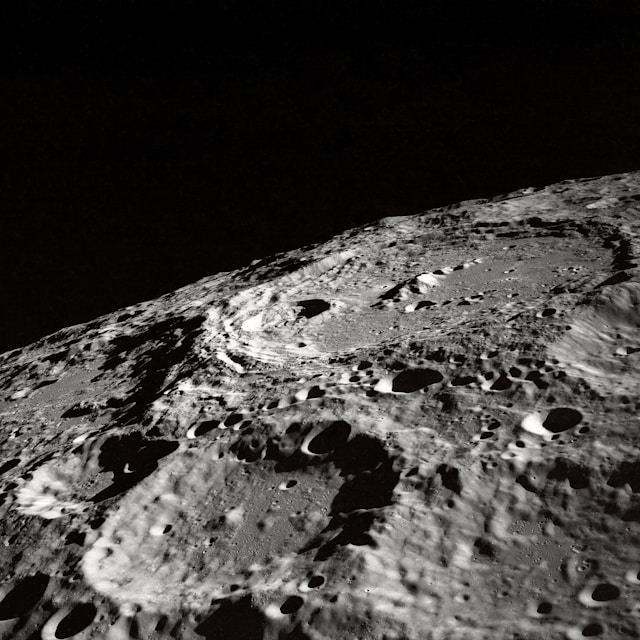Researchers suggest a lunar storage facility to preserve endangered species, protecting them from Earth’s risks like climate change and geopolitical conflicts
A team of scientists, led by Mary Hagedorn of the Smithsonian’s National Zoo and Conservation Biology Institute, has proposed an ambitious plan to store endangered animal samples on the Moon. The proposed lunar biorepository aims to preserve biological samples from the most at-risk species on Earth, safeguarding them from threats like natural disasters, climate change, and geopolitical conflicts.
The concept involves “cryopreserving” samples, potentially including skin tissues with fibroblast cells, which can be stored long-term in the extreme cold of lunar regions. The researchers suggest placing the facility near the Moon’s poles, where temperatures remain below -196 degrees Celsius, allowing the storage to function without the need for a continuous power source or human intervention. This environment would act similarly to a refrigerator, preserving the samples for future use.
Embed from Getty ImagesInitial plans include using samples from the starry goby, a type of fish, to test the viability of the storage method. The project faces significant challenges, including the safe transportation of samples through space, protecting them from radiation, and the need for international cooperation to build and maintain the facility. Despite these hurdles, the researchers emphasize the urgency of the initiative, citing the accelerating rate of species extinction and the limitations of current conservation efforts.
Analysis:
Political:
The proposal to create a lunar biorepository for endangered species underscores the need for global cooperation in conservation efforts. Establishing such a facility would require collaboration across nations and organizations, highlighting the importance of international agreements and policies in the conservation of biodiversity. It also raises questions about space governance, as more entities propose using the Moon for various purposes.
Social:
Socially, this initiative reflects a growing awareness and concern about the extinction crisis facing many species. The concept of storing endangered species on the Moon might capture the public imagination and increase support for conservation efforts. It also highlights the limits of our planet’s ability to protect its biodiversity, prompting discussions about sustainable living and the ethical implications of space-based conservation.
Racial:
While the proposal itself does not directly address racial issues, it does bring attention to broader ethical questions about conservation priorities and resource allocation. It raises the issue of whose voices and interests are represented in global conservation strategies, and whether such high-tech solutions might overshadow or divert resources from on-the-ground conservation efforts that also need support.
Gender:
Gender dynamics in conservation often involve the representation and recognition of diverse voices, including women, in decision-making processes. This project, led by Mary Hagedorn, provides an opportunity to highlight the contributions of female scientists in pioneering conservation strategies. It also encourages a discussion about gender equity in the scientific community and in leadership roles within environmental organizations.
Economical:
Economically, the development of a lunar biorepository represents a significant investment in conservation technology. The costs associated with space travel, facility construction, and ongoing maintenance are considerable. However, this initiative could also drive innovation and create new markets for space technology and biotechnology. It may inspire public and private investments in both space exploration and conservation efforts, potentially leading to economic benefits in these sectors.
